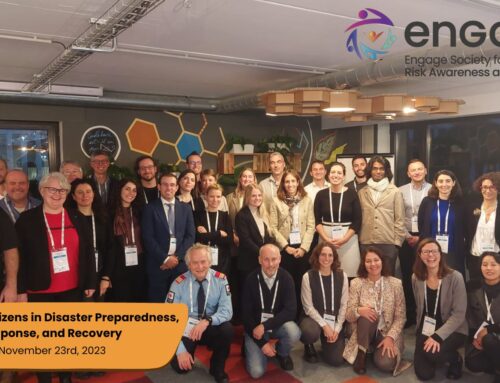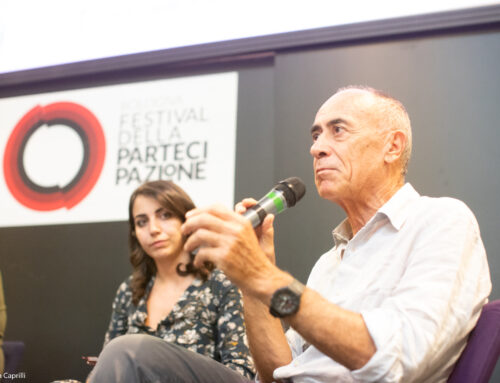Heat stress is the leading cause of weather-related deaths and will have a greater impact in the coming years due to climate change and rising temperatures. In order for local populations to adapt and respond to the heat stress, especially in urban areas researchers, public health services, environmental agencies and first responders have to work in synergy to define adaptation and response plans.
The WHO Europe Guidance on heat health adaptation provides the core elements of a plan to ensure an effective response to heat for local populations.
The Italian Heat Health Adaptation plan (HHAP) has been operational since 2004 and is managed, on behalf of the Italian Ministry of Health, by the Department of Epidemiology ASL ROMA 1 who is also involved in the Lazio Regional Heat Plan. For summer 2021 the Lazio Region has adjusted its heat plan to account for COVID-19 restrictions and distancing protocols in place also in the Health system. The heat plan, traditionally based on the identification of elderly subjects most at risk during heat waves and their active surveillance by GPs, has been extended to the use of tele-monitoring services. Through the use of an operational web-based platform, and an APP, GPs, health care professionals and primary care services carry out surveillance and patient care during heat waves.
Within the ENGAGE project, the Heatwave response and health adaptation plan operational in the Lazio region is one of the case study solutions that is included in WP4 Validation which aims to evaluate real case solutions in place through a formal methodology to improve community awareness and population resilience. This exercise comes at an ideal time as the Regional plan has been adapted and extended and further evaluation to support adaptation measures put in place and assess their effectiveness is required. Results from ENGAGE in this context will be of great use in the field of public health in terms of climate change and health adaptation and response which will be ever more critical in coming years with global warming.
Authors: Francesca de’Donato and Manuela De Sario Department of Epidemiology, ASL ROMA 1





